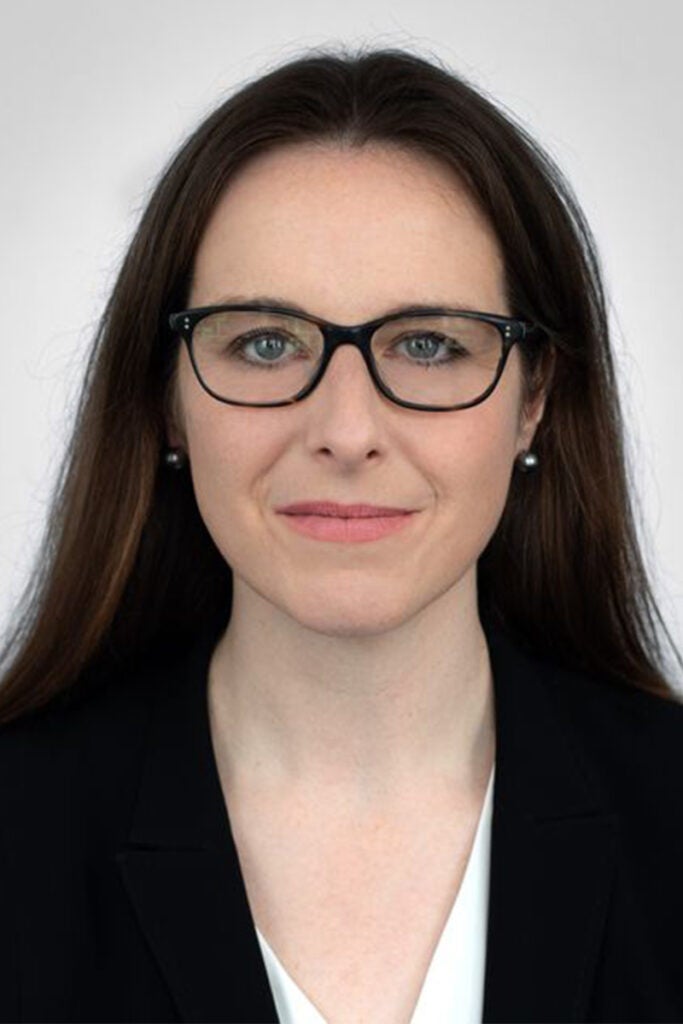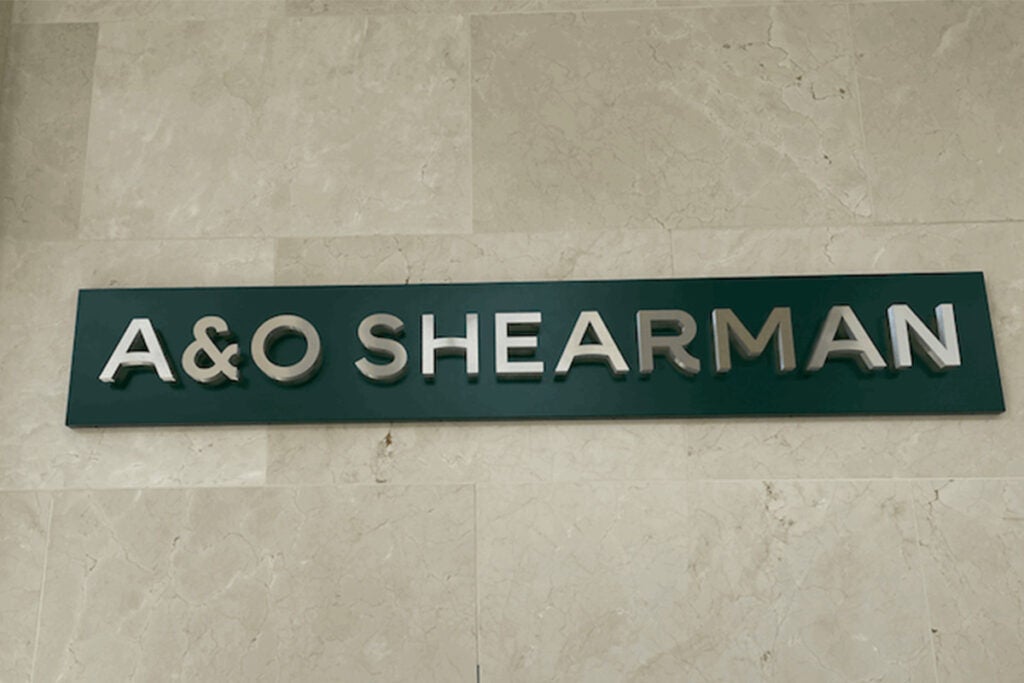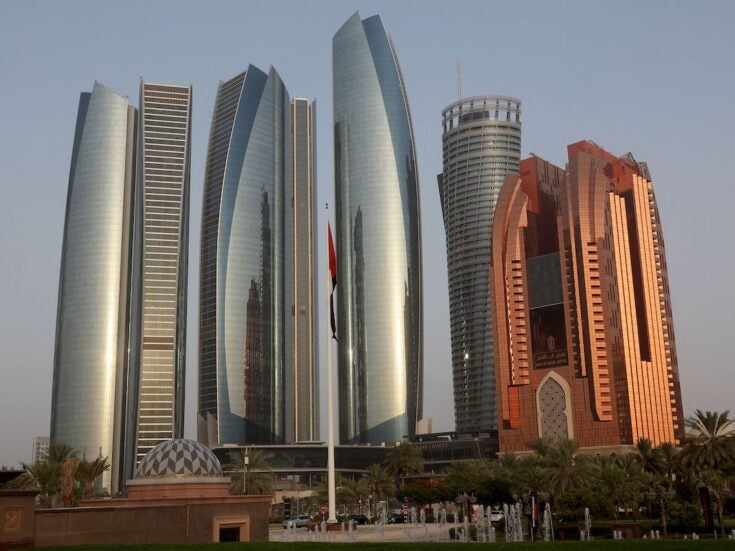
Allen & Overy. Clifford Chance. Freshfields. Linklaters. Slaughter and May. These are the five law firms known as the ‘magic circle’.
Never officially defined, the magic circle has become shorthand within the legal industry – and beyond – for the five most prestigious London-based firms specialising in corporate law.
[See also: Best corporate, litigation and dispute lawyers 2024]
Historically, these firms stood ‘apart from competitors because of their size, quality, international reach, profitability and prestige’, Caroline Park, partner at Hughes Fowler Carruthers, explains. This reputation ‘still holds true’, Park notes, but the makeup of the circle has shifted as firms have expanded and merged.

The history of the ‘magic circle’
The magic circle is and perhaps always was a journalistic convenience, invented by legal commentators and rapidly catching on until it became naturalised.
The magic circle was born from the slightly-less-mystically but still dramatically named Club of Nine (Allen & Overy; Clifford Chance; Freshfields; Herbert Smith; Linklaters; Lovells; Norton Rose; Slaughter and May; Stephenson Harwood) had entered into something of a no-poaching agreement with one another, and the senior partners of the nine firms regularly met with one another.
And then in 1996, Stephenson Hardwood, lagging behind the other eight firms in growth, was asked to leave. By 2000 the club had fallen apart, the no-poaching agreement was dead and the five firms of the magic circle had been identified by commentators as outperforming the remaining three firms.
The impact of mergers

The impact of the mergers on the legal industry is even more profound than the existence of the circle ever was.
Allen & Overy has merged with Shearman & Stirling, creating the transatlantic A&O Shearman. Freshfields has become Freshfields Bruckhaus Deringer (FDB). Linklaters, retained its iconic name and merged with Oppenhoff & Rädler in 2001. Only Clifford Chance and Slaughter and May remain as they were when the circle began.
[See also: Family law firms AFP and BloomBudd announce surprise ‘super-boutique’ merger]
These mergers reflect a trend visible across the global legal industry. Over the last decade the average size of firms increased, and the overall number of outfits dropped by 13 per cent, according to the Law Gazette. These reductions are in part driven by mergers, which saw a a 23 percent year-on-year increase between 2021 and 2022.
Consolidation via merger allows firms to increase their headcount, while reducing rent and sharing IT systems and other back-office functions. For British firms, it has also been a response to the increasing dominance of their US counterparts.
The rise of US firms
Park observes that ‘over the past 15 years there has been increasing competition in the market from US-based firms with a large London foot print’. The presence of these US firms is, visible in ‘many areas, including record billings, profits per partner and the much-publicised inflation in junior lawyer salaries.’
‘Corporate work’ however, Park points out, ‘remains the traditional bedrock of magic circle firms with their relative strength typically measured by how many FTSE100 clients they represent’ alongside ‘the exponential growth of private equity’, with relationships extending into ‘advisory work in all other corporate practice areas, such as competition, IP and tax’.
She notes that while the magic circle’s private client offerings were brought to an end when Maurice Turnor Gardner spun away from Allen & Overy in 2009, ‘most of the big international firms do not offer a private client service in London and have no stated intention of doing so’ and ‘none of the big-name corporate law firms which have recognised private client expertise in the US offer similar services here’.
The five ‘magic circle’ firms

Allen & Overy (now A&O Shearman)
Allen & Overy made its reputation after founding partner George Allen was trusted to advise King Edward VIII (later the Duke of Windsor) during the abdication crisis of 1936 and was established as a leading city firm by 1939. Today the firm is renowned for its financial practice. In May 2024, Allen & Overy merged with US law firm Shearman & Sterling to create the cross-Atlantic mega-firm A&O Shearman. Now the third-largest law firm globally, the firm boasts a team of 3,900 lawyers across 47 offices with a profit per equity partner of £2.2million.
Freshfields (now Freshfields Bruckhaus Deringer)
Freshfeilds traces its origins back to 1716, although the firm treats the appointment of Samel Dodd as attorney to the bank of England in 1743 as the date of its foundation. The bank remains a client today. In more recent times the firm was appointed as the official legal service provider to the 2012 Olympic and Paralympic games. With 2,038 lawyers across 28 offices and a profit per equity partner of £2.9 million, Freshfeilds has a strong reputation for Mergers and Acquisitions.
Linklaters
Tracing its history to 1838, when John Linklater entered a partnership with Julius Dods, Linklaters has long been a major presence on the London law scene. International expansion began early with offices opening in Milan in 1962, and New York in 1972, before the firm merged with four leading European law firms to form Linklaters & Alliance in 1998 (later following another merger with three more firms it returned to Linklaters). With a strong reputation for financial work Linklaters boasts 3,100 lawyers, with 31 offices in 21 countries and a profit per equity partner of £1.779 million.
Clifford Chance
The youngest firm in the circle, founded in 1987, when Clifford Turner merged with Coward Chance, Clifford Chance not only was the first of the magic circle to practise US law but became the world’s first international law firm, merging with the German Punder Volhard Weber & Axter and New York’s Rogers & Wells. Securing the most European M&A mandates in 2020 and with the highest turnover of the magic circle, Clifford Chance is known for its transnational work. Its 34 offices across 23 countries house 3,680 lawyers, with a £2.04 million profit per equity partner.
Slaughter and May
In the roaring Twenties Slaughter and May acted on behalf of more merchant bank clients than any other firm, with Schroders, Barings and Rothschilds numbering among their clientele. Specialising in mergers and acquisitions with FTSE clients, the firm’s reputation today is no less impressive: when the 2008 UK financial crisis hit, Slaughter and May was at the centre of the Government’s measures to support the banking sector. Maintaining a policy of not disclosing financial results, though rumoured to have a profit per equity partner of £2-3 million, Slaughter and May maintain four offices with approximately 560 lawyers.






